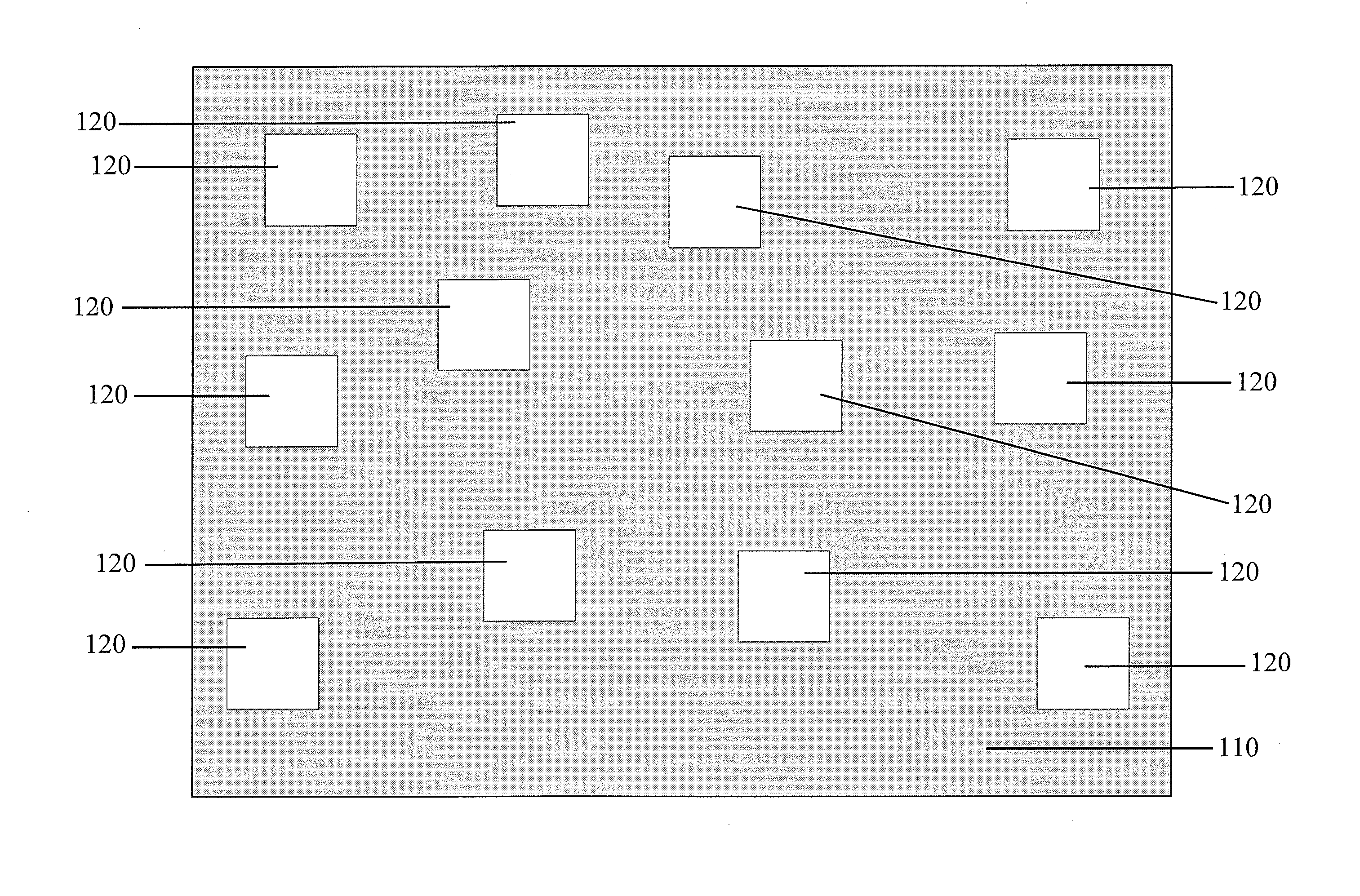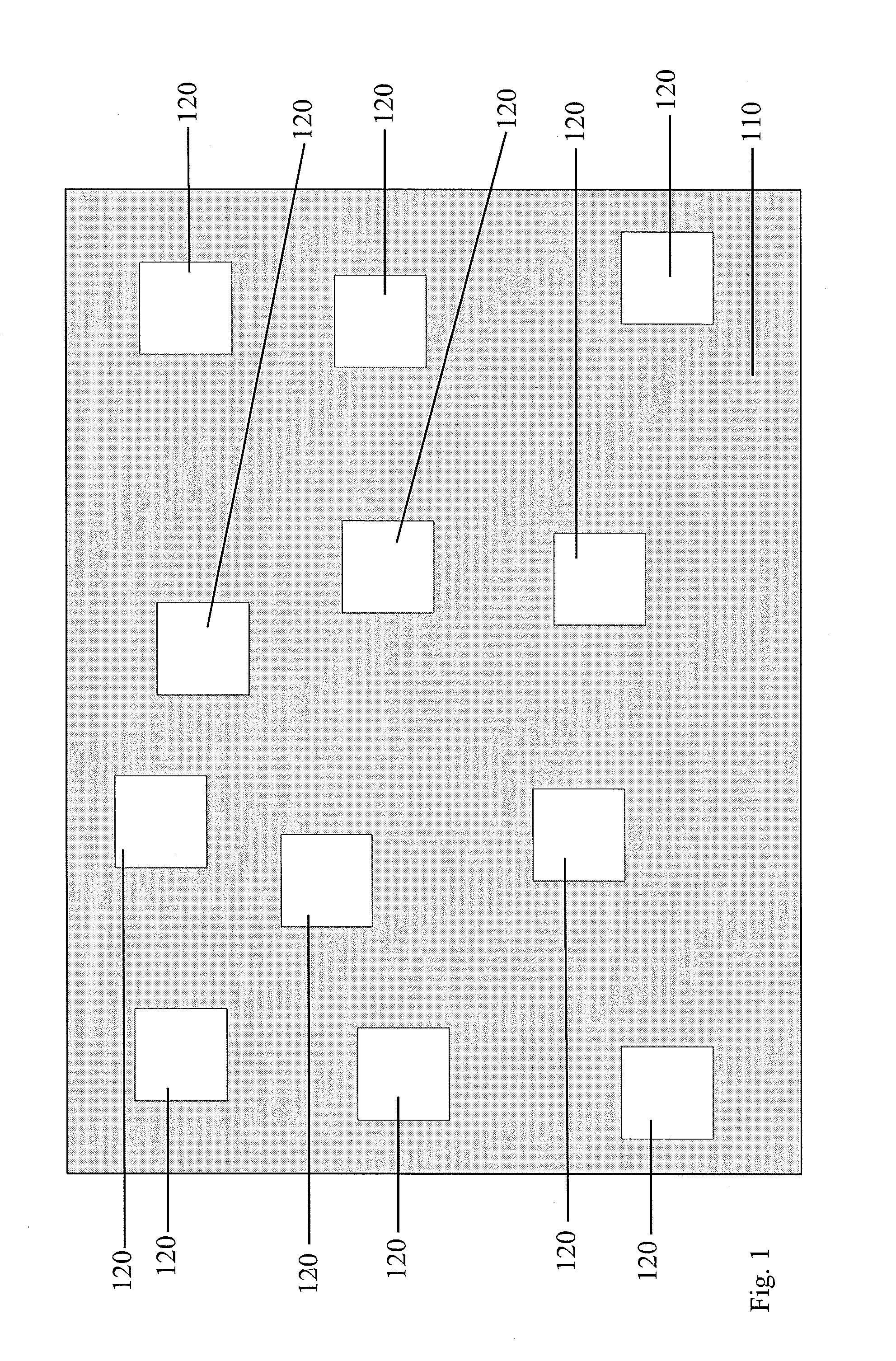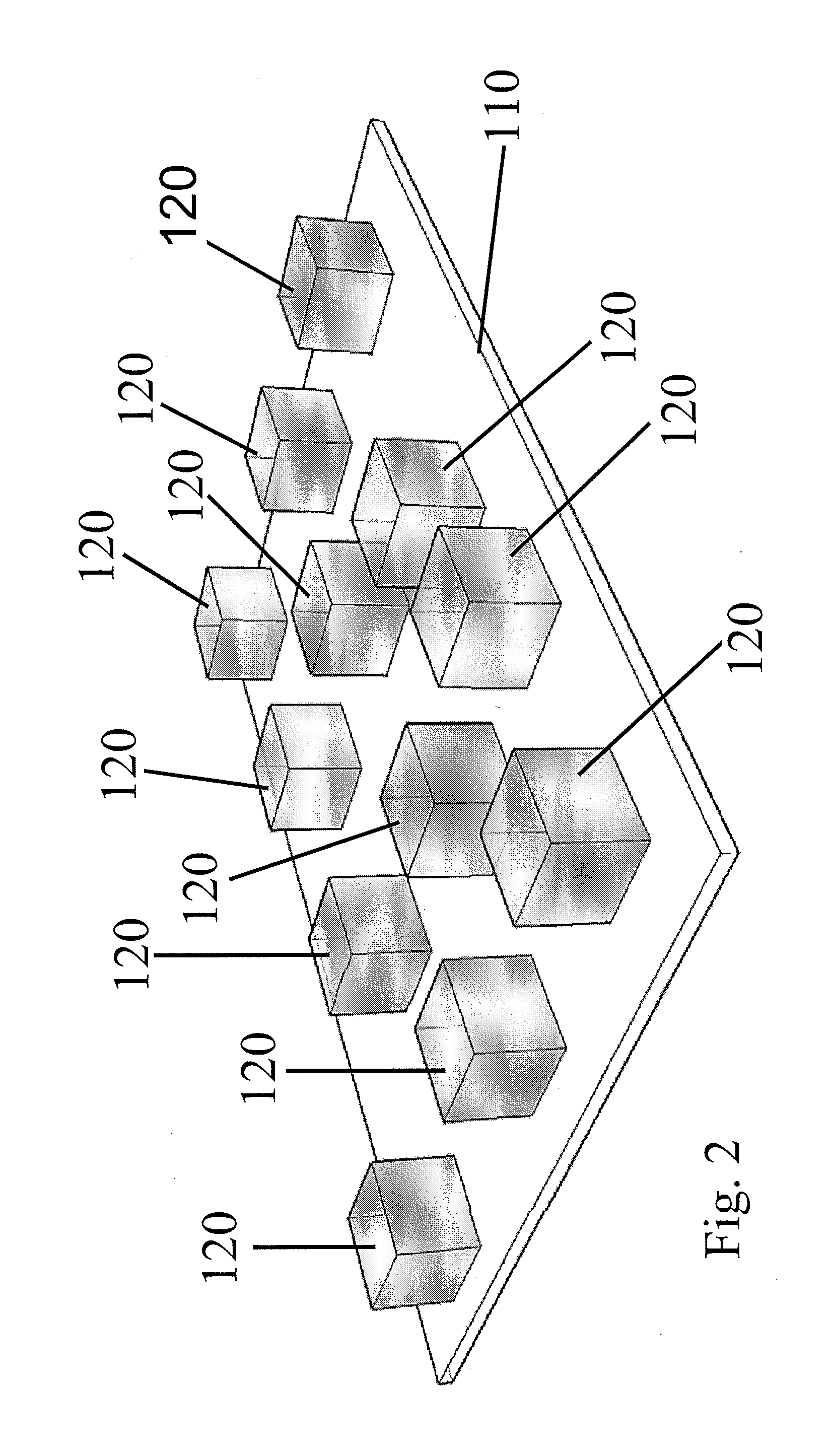System and Methods for Neuropsychological Assessment
- Summary
- Abstract
- Description
- Claims
- Application Information
AI Technical Summary
Benefits of technology
Problems solved by technology
Method used
Image
Examples
Embodiment Construction
[0016]It is well-established that memory is not a unitary construct, but rather a collection of short-term and long-term cognitive processes that allow for the storage and retrieval of information. Thus, it is desirable to consider different modalities of memory in assessing memory performance. These modalities include recognition and recollection components of memory, which are modulated by distinct areas of the medial-temporal lobes, and flexible, goal-directed regulation of cognition and behavior, modulated by prefrontal-parietal neural circuits.
[0017]An exemplary memory testing apparatus for use with the assessments in accordance with the present invention is illustrated in FIGS. 1-3. In the context of the assessments described herein, this memory testing apparatus may be referred to as a “hiding board.” The hiding board illustrated in FIGS. 1-3 includes a flat surface (or mounting surface) 110 and a number of containers 120. Containers 120 are arranged in a random arrangement o...
PUM
 Login to View More
Login to View More Abstract
Description
Claims
Application Information
 Login to View More
Login to View More - R&D
- Intellectual Property
- Life Sciences
- Materials
- Tech Scout
- Unparalleled Data Quality
- Higher Quality Content
- 60% Fewer Hallucinations
Browse by: Latest US Patents, China's latest patents, Technical Efficacy Thesaurus, Application Domain, Technology Topic, Popular Technical Reports.
© 2025 PatSnap. All rights reserved.Legal|Privacy policy|Modern Slavery Act Transparency Statement|Sitemap|About US| Contact US: help@patsnap.com



